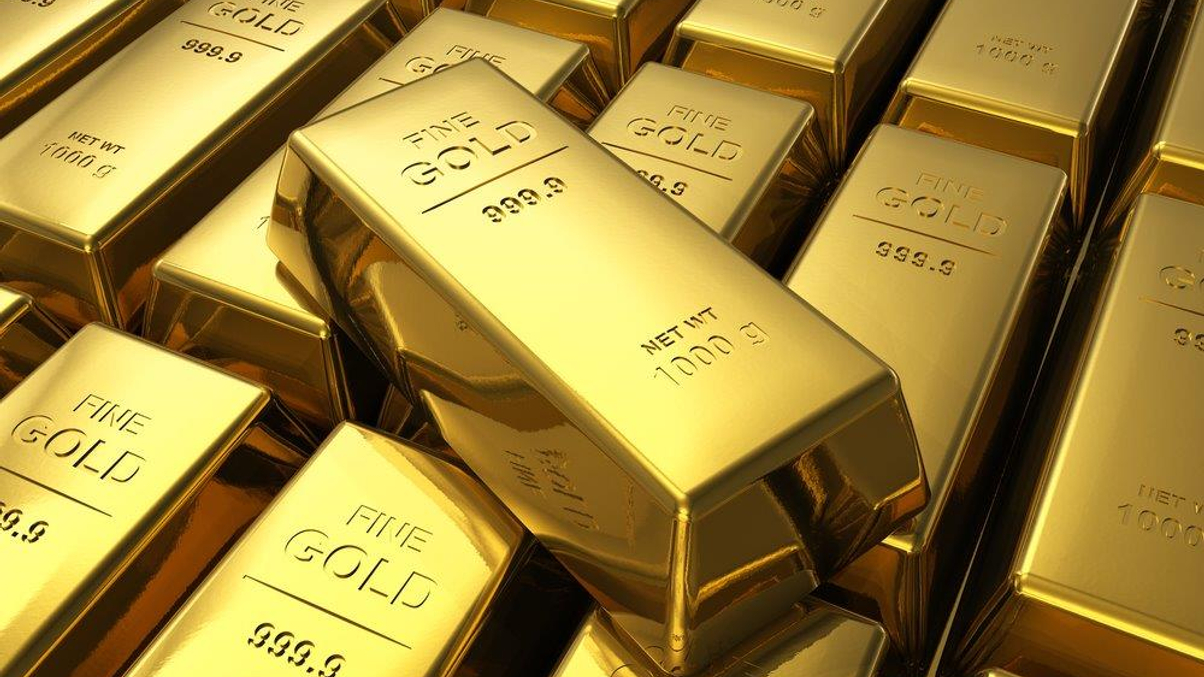Bosera, E Fund to launch China's latest gold ETFs
Two more Chinese fund houses have received permission to roll out domestic gold ETFs, with managers saying they will drive competition despite a slumping gold price.

Two Chinese fund houses are readying what will be the third and fourth onshore gold ETFs available to Chinese investors after approval from the securities regulator.
Sign in to read on!
Registered users get 2 free articles in 30 days.
Subscribers have full unlimited access to AsianInvestor
Not signed up? New users get 2 free articles per month, plus a 7-day unlimited free trial.
¬ Haymarket Media Limited. All rights reserved.


